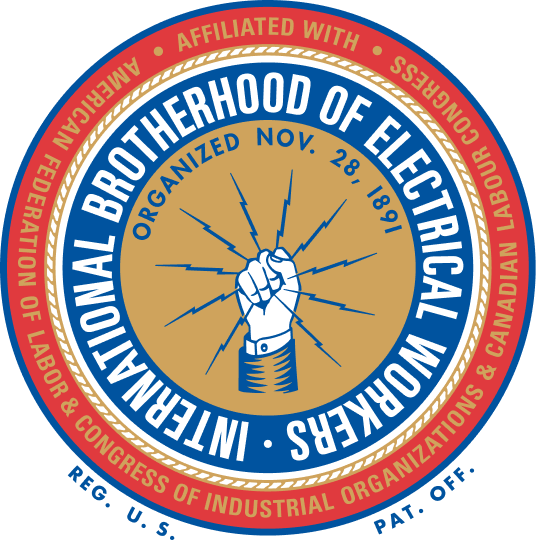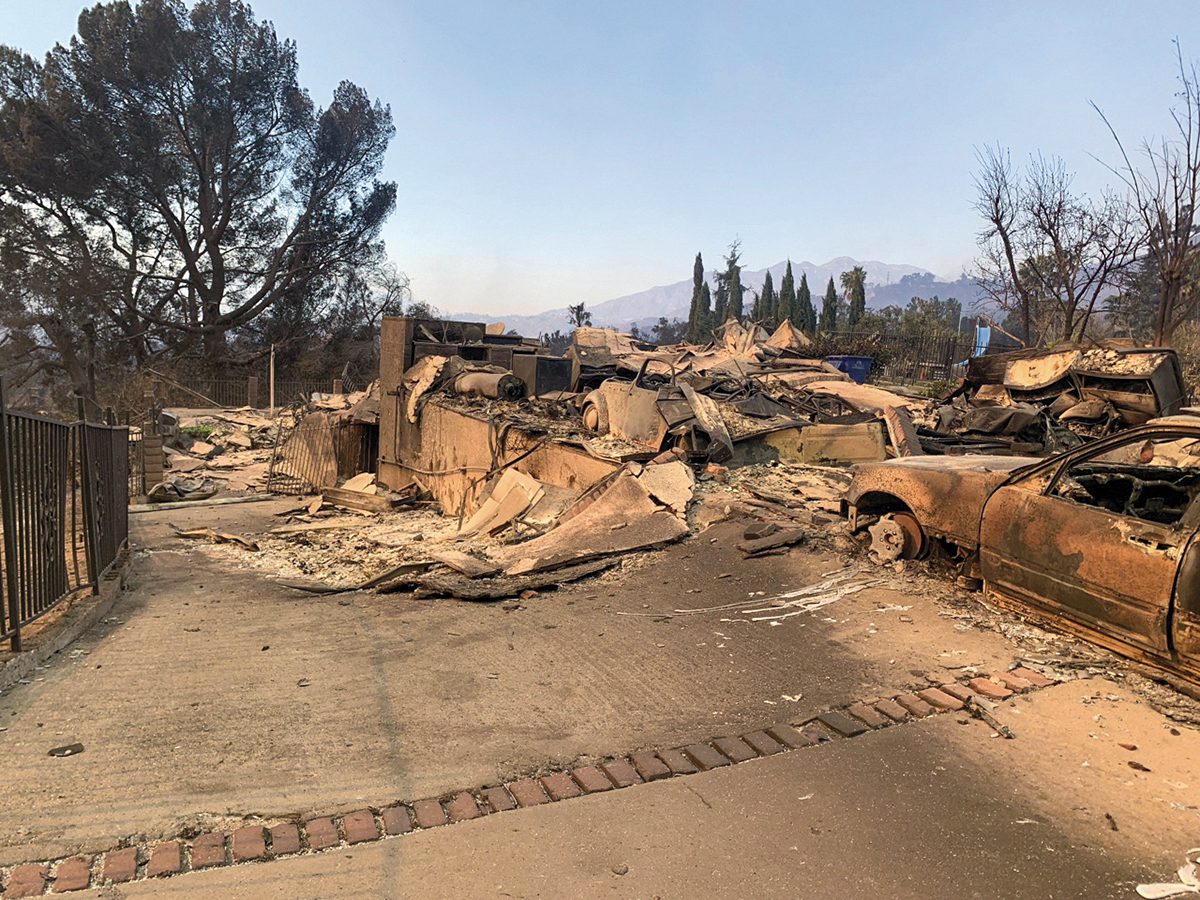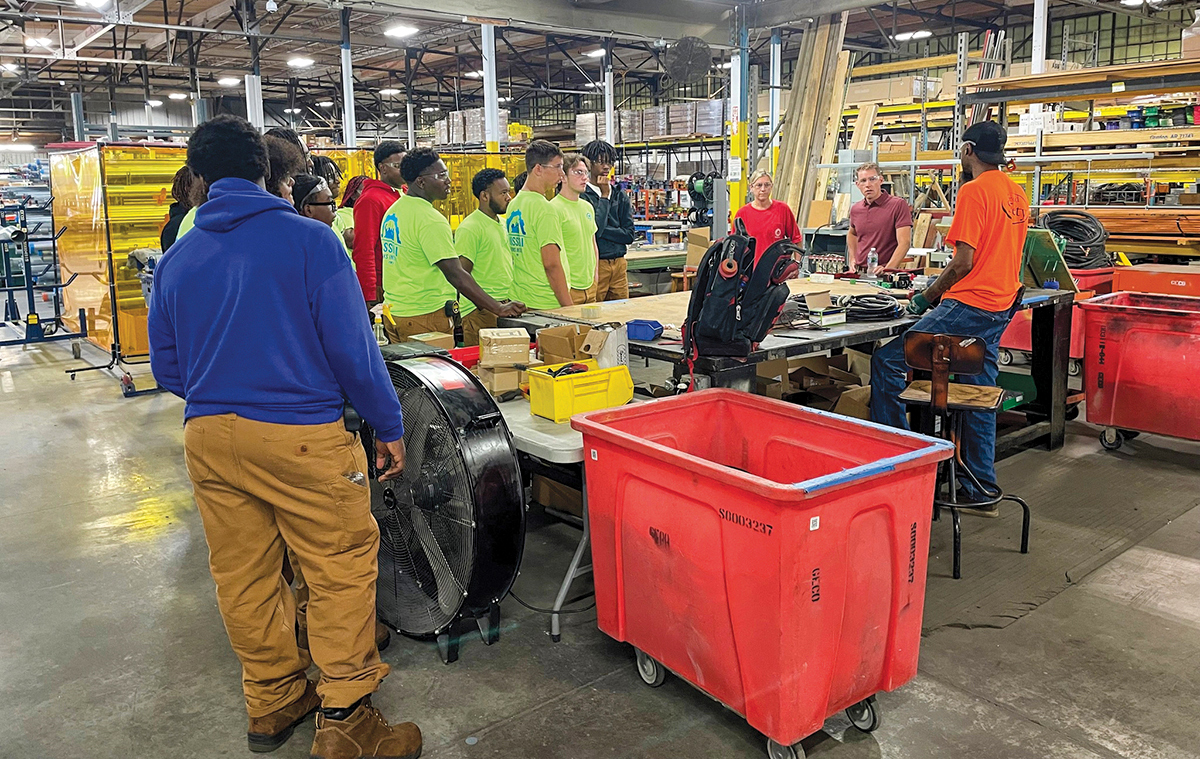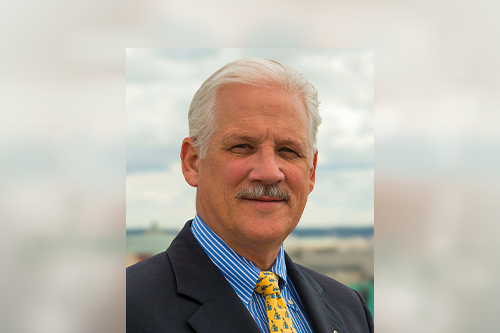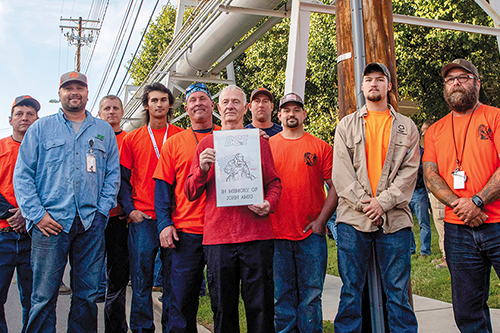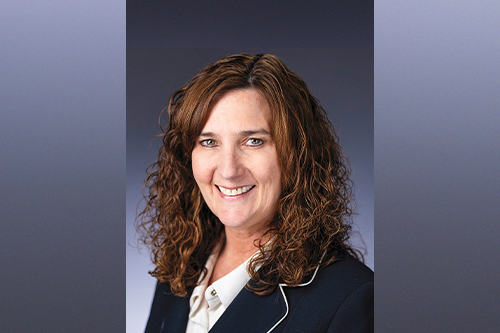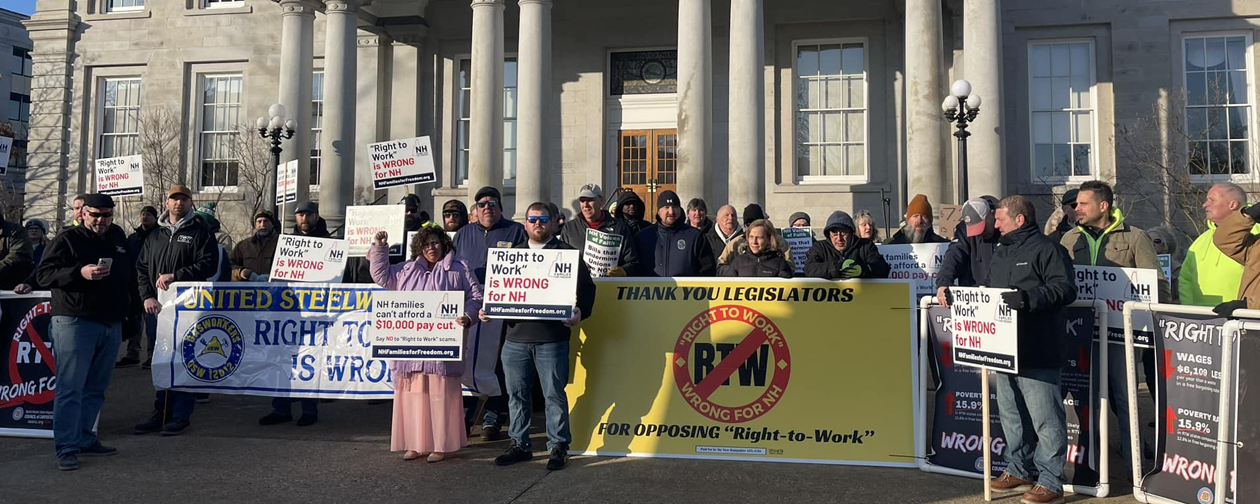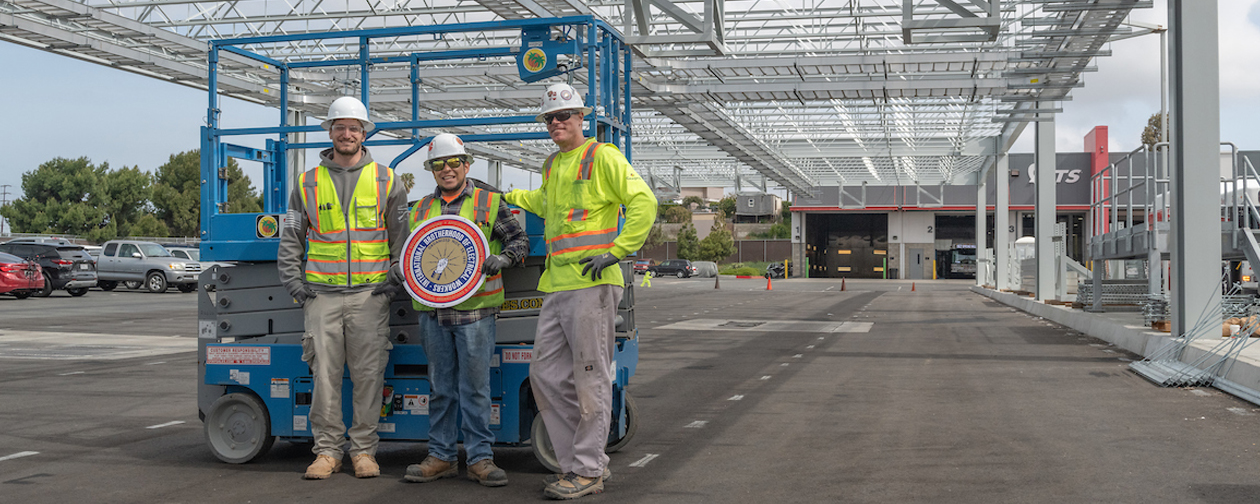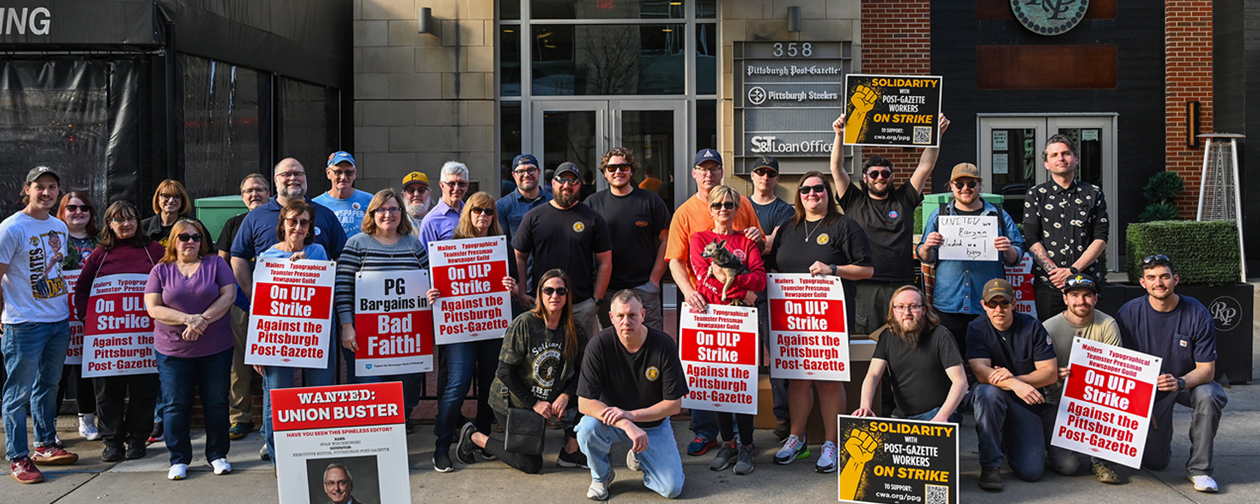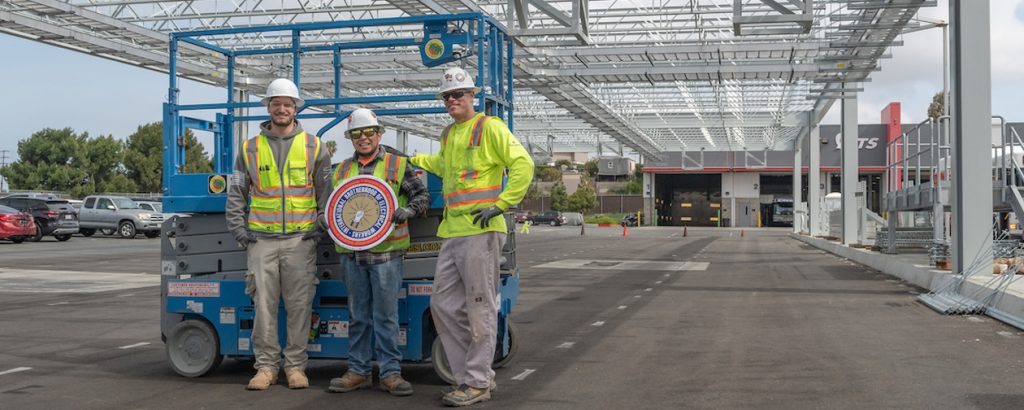
San Bernardino, Calif., Local 477 officials saw attempts by the union trades to form a working relationship with their community’s public school district come up short for more than a decade.
So just over two years ago, Political Director Ben Pratt and others within the local decided to try something new.
“I think the old playbook of storming into a school board or city council meeting and asking for something with nothing in return just doesn’t work,” said Pratt, who also serves as Local 477’s vice president.
“You have to lay the groundwork by proving beyond rhetoric that you do offer something. This is a symbiotic relationship between the district and us.”
The work paid off Feb. 5, when the San Bernardino City Unified School District Board voted unanimously to approve a community works agreement, or CWA, between it and the Inland Empire Building Trades Council. Local 477 was the lead negotiator for the council.
“Until it happened, I never would have imagined it would have been by a 7-0 vote,” said Pratt, who has lived in San Bernardino nearly his entire life and whose children attended the city’s schools.
A CWA is similar to a project labor agreement used on public works projects. They guarantee that workers, both union and nonunion, are paid a fair wage and that local residents are given priority in filling the work. Taxpayers benefit because these agreements eliminate costly delays and ensure that enough skilled construction workers are available to finish the job on time and on budget. It also provides guardrails against unscrupulous contractors looking to undercut working conditions.
“If we [Local 477] were spearheading this, Ben would be the tip of the spear,” Business Manager Jason Eshelman said. “But we both know we would not have been successful if it was just Ben and me. We had a lot of help.”
San Bernardino has a population of about 225,000 and sits about 60 miles east of Los Angeles. Unlike in the massive, and progressive, City of Angels, local politics leans conservative, so wins for organized labor are harder to come by.
That includes within the public school district, the eighth-largest in California with 47,000 students. A high-profile attempt to reach agreement on a CWA between the board and the building trades council failed in 2010, and little momentum had been generated to restart the process since.
That’s where Local 477 came in, working in conjunction with the building trades council; the Inland Empire Labor Council; and the Southern Sierras Chapter of NECA, the IBEW’s longtime management partner.
Not only did the board vote unanimously for the agreement, but one member gave a full-throated endorsement for all organized labor.
“Our country was at its greatest when unions were at their strongest,” board member Michael Santos said.
Local 477 officials were disappointed with market share in their jurisdiction, and they identified the school system as one way to improve that. Even without a CWA, the local sent its organizers to career days and fairs involving the district’s students, telling them the importance of an IBEW apprenticeship.
That was merely the first step.
“We decided that we needed to form a true community partnership before ever mentioning a working agreement if we were going to be successful,” Pratt said. “Plus, it’s the right thing to do.”
With the help of a grant from the state’s Department of Apprenticeship Standards, Local 477’s JATC staff established an after-school pre-apprenticeship program in many of the district’s high schools.
Training Director Jon Rowe and other instructors visited a high school once a week for 14 or 15 weeks. Students who successfully completed the program were guaranteed an interview for Local 477’s apprenticeship program after graduation.
Rowe said he originally started the program to help bring more young people into the IBEW, not for a CWA. Turns out it accomplished both. Board members saw that Local 477 was invested in the students and wasn’t just looking to land work.
“Schools are really eager for these pathways, and I think it’s really important we harvest these relationships,” Rowe said. “We told them, ‘The IBEW and NECA are here to help, and we’re going to prove it.’”
In the background, Pratt and Eshelman built relationships with board members, seeing what was important to each. One was concerned that women would not have fair access to the work. Another was concerned about Black and minority representation.
Local 477’s political action committee met and endorsed candidates in the lead-up to last November’s elections. Pratt was asked by some board members to speak to various jobs and industry panels.
They continued to exchange ideas, but other than when they were asked to speak during public comment sessions, Pratt and other Local 477 members did so quietly. They realized that most elected officials would rather not deal with potentially divisive issues just before an election.
Another byproduct from that: Potential opponents, especially from nonunion contractors, had little time to counter Local 477’s work.
Pratt was a leader in the effort, but he asked other Local 477 members for help. He asked two women active in the local for suggestions on who would be good to speak to the board on how a CWA would ensure more opportunities for women in the trades.
That led them to Venessa Ingalls, a founder of Tradeswoman’s Sisterhood, which promotes gender diversity and empowering women in the trades. Ingalls is a member of Riverside, Calif., Local 440, which also is in the Inland Empire.
“It [a CWA] serves as a powerful tool to ensure local hire, which not only strengthens our communities, but provides our residents with family-sustaining employment opportunities,” she said.
“It is essential we create a level playing field where all workers regardless of their race or gender can thrive and contribute to the success of our community,” Ingalls continued.
Pratt said the CWA’s final language will ensure just that — not just in the workforce, but on the management side, too.
“It really demonstrates we care about our women-owned and minority-owned businesses and contractors,” he said. “That component means our local employers are going to be hiring local alumni from this school district.”
As in most large school districts, there’s plenty of work to do. The San Bernardino board has approved about $280 million in upcoming projects that will be covered by the CWA. Pratt and Eshelman expect Local 477 and its signatory contractors to be more than competitive in bidding for that work.
Eshelman said he was merely doing what any business manager would do: giving people room to do their jobs and supporting them when needed. Pratt and others were instrumental in building trust with the board members and showing them Local 477 cared about the students first.
Now, other nearby school districts are asking how they can incorporate Local 477’s programs more into their systems, he said.
“We had a game plan, a battle plan and a blueprint,” Eshelman said. “Everyone had an objective to accomplish, and we did it.”
